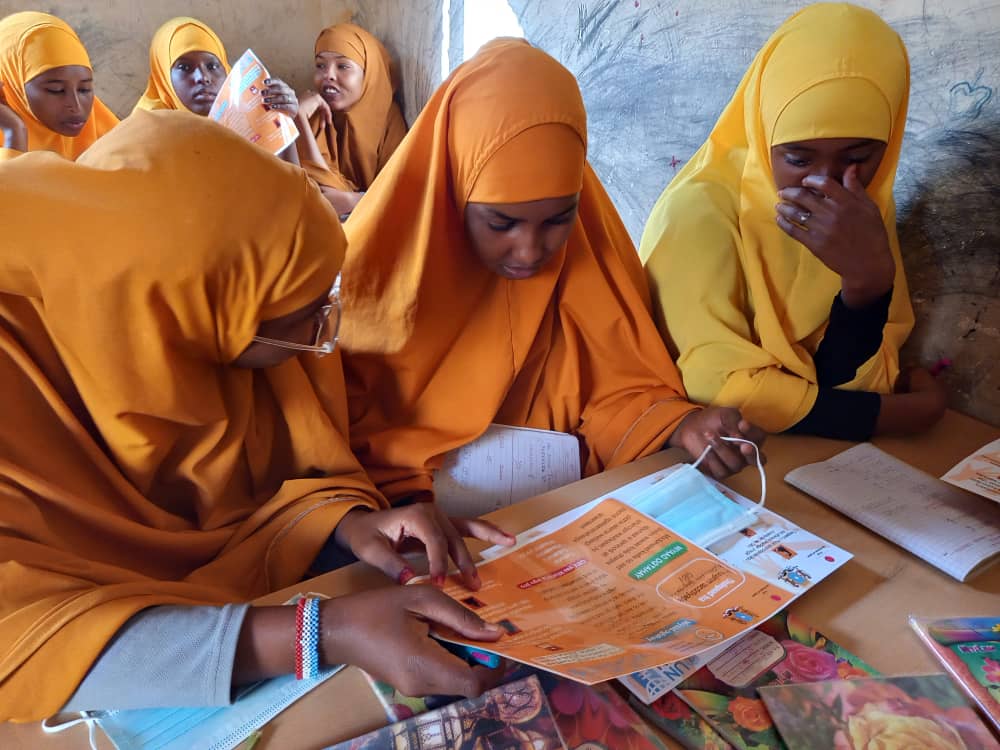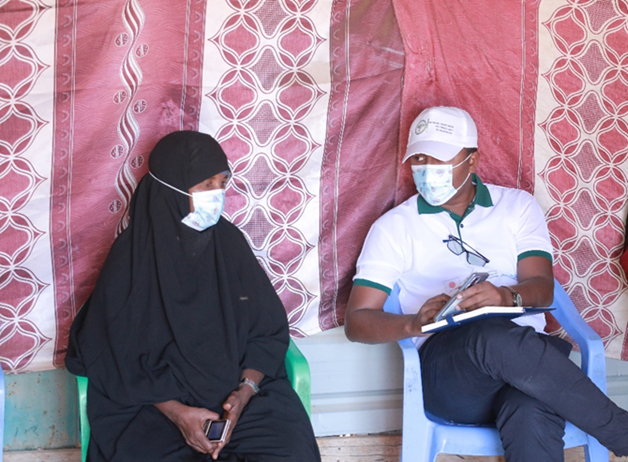As the world continues to grapple with the ongoing COVID-19 pandemic, it is clear that the virus has left a profound impact on every aspect of our lives. The effects of the pandemic have been felt far and wide from social norms to economic impact. Even as vaccines become more widely available and new treatments are developed, the virus continues to pose a significant threat to public health and safety, reminding us of the need for continued vigilance and cooperation to WHO COVID guidelines.
In Somalia, those living in hard-to-reach areas, including those in IDP camps, have been especially hard hit, with limited access to modern information sources. Traditional communication methods like radio have become essential for disseminating information about the pandemic. Furthermore, Somalia’s long history of conflict, drought and instability presents significant challenges with many communities in remote areas lacking access to essential healthcare services.
NAPAD Response
In partnership with UN Women Somalia, Nomadic Assistance for Peace And Development (NAPAD), with funding from the Government of Japan, and support from The Ministry of Health in Somalia successfully conducted a training program for 60 Community Hygiene Promoters (CHPs) in four districts in Somalia namely Garowe, Kismayo, Mogadishu and Banadir. The training focused on COVID-19 prevention approaches and Gender-Based Violence (GBV) prevention promotion, and provided the CHPs with the necessary Personal Protective Equipment (PPEs) to safeguard their well-being. With this training and resources, the CHPs were able to conduct door-to-door community hygiene promotion, with an emphasis on COVID-19 vaccine, COVID-19 prevention information, and community-led prevention and identification of, and response to SGBV, for a period of four months in the four districts. These awareness sessions were also held in various community settings, such as marketplaces, water points, schools, and other social spaces.

In addition to conducting door-to-door community hygiene promotion, the community hygiene promoters also utilized various communication channels to expand their outreach efforts. They distributed illustrated pamphlets and awareness posters in the targeted areas, containing key information about COVID-19 and GBV in local language. Furthermore, NAPAD harnessed the power of radio talk shows, radio spots, TikTok, and other social media platforms to amplify these messages. These channels were also used to dispel myths surrounding the COVID-19 vaccines while spreading life-saving messages on ways for disadvantaged communities to protect themselves.
Through these multifaceted efforts, NAPAD and its partners were able to reach a broader audience, providing accurate information and resources to help communities stay safe and healthy during the ongoing pandemic. To this end, people were encouraged to frequently wash their hands with soap and clean water, wear masks in public places, observe physical distancing, avoid crowded places, and be vigilant for possible symptoms and seek referral to the health care centres for testing if needed.

“I have become more aware of the signs and symptoms of COVID-19, and I am grateful to the community health promoters for providing us with this information.” Reported Anbaro Mahdi, one of the households that the trained community hygiene promoters visited during their community outreach.
Despite their efforts, the Community Hygiene Promoters faced difficulties in convincing the community to heed to the COVID-19 messages, as some were convinced that the pandemic was no longer a threat and that the vaccine was unsafe. Nevertheless, the CHPs persisted in their promotion work, and over time, the community began to pay more attention.
As part of the awareness, the CHPs encouraged people in the community to share the life-saving information during small gatherings and interactions, while observing the prevention measures to help end the pandemic.
